Slitting machine tension control method
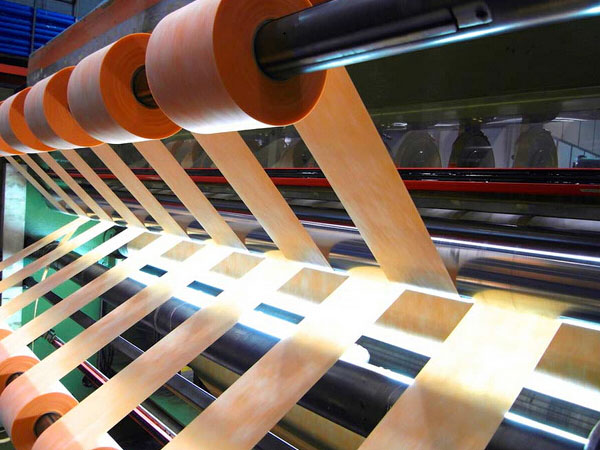
Abstract:The tension control of the slitting machine is the core of the slitting machine control. This paper introduces the formation of tension of slitting machine, the main factors affecting tension stability, the realization form of tension control, and the application performance analysis of tension control system.
Keywords: slitting machine, tension, tension control
1. Introduction
The slitting machine is mainly used to complete the longitudinal slitting and rewinding of medium and low weight paper (such as cigarette paper, aluminum foil, cellophane paper, capacitor paper, etc.) and film (such as BOPP, PVC, etc.) and similar thin materials. In general, the vehicle speed is relatively fast, and the control accuracy requirements are relatively high, in which tension control is the core of its control. Tension control refers to the ability to permanently control the tension of raw materials as they are conveyed on equipment. This control must remain effective for any operating speed of the machine, including acceleration, deceleration, and constant speed of the machine. Even in the event of an emergency shutdown, it should be able to guarantee that the cut object is not damaged. The stability of the tension control is directly related to the quality of the slitted product. If the tension is insufficient, the raw material will drift during operation, and the finished paper will wrinkle after slitting and rewinding; If the tension is too large, the raw material is easy to be pulled off, which increases the number of broken ends of the finished paper after slitting and rewinding[1].
2. Formation of tension
There are many ways to achieve the formation of tension, but the basic principle is the same. As shown in Figure 1, let the tension be F, the running linear speed of the receiving coil is V1, and the running linear speed of the unwinding coil is V2, and the tension F: can be obtained according to Hooke's law, where: ε is the elastic modulus of the raw material; σ is the original cross-sectional area; L is the traction length of raw materials; t is the raw material transfer time, t=L/V1. It can be seen that the formation of tension is an integral link. In the starting process, V1 > V2 to produce a certain tension in the winding roller, when the winding reaches the appropriate tension we require, adjust the power mechanism in time to make V1 and V2 stable, so that the raw materials run stably under this tension. The tension control system is to meet the tension stability of the whole machine [2].
3. Factors affecting tension stability
The factors that fluctuate and change tension are often complex, and the main influencing factors are roughly as follows:
(1) The change of the lifting speed of the machine will inevitably cause the change of the tension of the whole machine.
(2) In the process of rewinding and unwinding of the slitting machine, the diameter of rewinding and unwinding is constantly changing, and the change of diameter will inevitably cause the change of raw material tension. Under the condition that the braking torque of unwinding remains unchanged, the diameter decreases, and the tension will increase accordingly. On the contrary, if the winding torque is constant, the tension will decrease as the winding diameter increases. This is the main factor that causes the change in the tension of the raw material during operation.
(3) The change of the tightness of the raw material coil will also cause the change of the tension of the whole machine.
(4) The unevenness of the material of the slitting raw material. For example, the fluctuation of material elasticity, the change of material thickness along the width and length direction, the eccentricity of the quality of the coil, and the change of temperature and humidity in the production environment will also affect the tension fluctuation of the whole machine.
(5) There are factors such as unbalance and unstable air pressure in the transmission mechanism of the slitting machine (such as guide roller, floating roller, flattening roller, etc.).
4. The realization form of tension control
4.1 Detection method of tension information
(1) Tension sensor detection method: It is a direct detection method of tension, which is closely combined with machinery and has no moving parts. Usually two sensors are paired and mounted on the end shafts on both sides of the inspection guide roller. The load is applied to the raw material by detecting the guide roller, which causes the displacement or deformation of the sensitive element of the tension sensor, so as to detect the actual tension value.
(2) Roll diameter calculation detection method: It is to use a proximity switch installed at the reel to detect the speed of the reel, because every time the reel rotates, the reel diameter will change twice the thickness of the raw material. The current diameter of the drum is calculated cumulatively by setting the initial value of the reel diameter and the thickness of the material, and the change of the corresponding reel diameter reflects the change of the actual tension value.
(3) Floating roller position detection method: It uses a cylinder installed on the slitting machine to connect the floating roller to drive the angular displacement sensor to detect the tension change. When the tension is stable, the tension on the raw material is balanced with the cylinder force, so that the floating roller is in the central position. When the tension changes, the balance between the tension and the force of the cylinder is destroyed, and the floating roller position will rise or fall, at this time, the pendulum will rotate around a point and drive the floating roller angular displacement sensor to rotate together. In this way, the angular displacement sensor of the floating roller accurately detects the change in the position of the floating roller and thus reflects the change in the actual tension value accordingly.
(4) Floating roller position + tension sensor composite tension detection mode: it can simultaneously detect the floating roller position signal output by the floating roller angular displacement sensor and the tension signal output by the tension sensor, so as to provide higher precision tension control to the system [3].
4.2 The main way of tension control
Tension control methods are generally divided into two types: open-loop control mode and closed-loop control mode. The open-loop control is to directly use a motor with similar winding characteristics n=kD (n is the speed, k is the constant, D is the diameter of the roll) to drive the winding mechanism to obtain an approximate constant tension operation. The randomness of open-loop control is poor and the control accuracy is low. There are two types of closed-loop tension control: direct tension control and indirect tension control. In the actual production process, the modulated quantity is fed back that is, the tension, compared with the given tension, and then the difference is used to act on the regulator to adjust the controlled object, so that the output tension meets the actual demand, this control mode is called direct tension closed-loop control, this method does not have to consider various compensations, and can eliminate the steady-state error; The indirect tension control is to use the motor speed-torque characteristic curve to control the torque by controlling the speed, and then achieve the purpose of controlling the tension, but this method needs to be dynamically and statically compensated. Sometimes, in order to obtain more accurate control performance, the composite tension control method is adopted, that is, the required control amount is determined according to the indirect control algorithm, and various compensation is considered to make the indirect control as accurate as possible, and then the direct tension control is used for fine-tuning.
5. Performance analysis of tension control system application
The tension control system usually includes a tension detection mechanism, a tension controller, a tension adjustment mechanism, etc. According to the different tension detection methods and applications, the tension control system can have a variety of specific application schemes, and its application performance analysis is as follows: when the tension sensor direct detection mode is adopted, the tension sensor directly determines the actual tension value of the raw material, and then converts the tension value into a tension signal and feeds back to the tension controller, through the comparison of this signal with the tension value preset by the controller, the control signal is calculated, and the automatic control execution unit adjusts the actual tension value to be equal to the preset tension value, so as to achieve the purpose of tension stability, It is currently the most advanced tension control method. When the coil diameter calculation detection method is adopted, the current diameter of the winding or unwinding drum is obtained through cumulative calculation, and the change of the corresponding coil diameter outputs a control signal to control the winding torque or unwinding braking torque, so as to adjust the tension of the whole vehicle. This kind of tension control is not susceptible to external influences, and can implement relatively stable tension control. However, due to the influence of factors such as torque change, linear change and mechanical loss of the transmission device, the absolute accuracy of this tension control is poor. When the floating roller tension detection method is adopted, the floating roller potentiometer accurately detects the change signal of the position of the floating roller and feeds it back to the tension controller, and the tension controller calculates and outputs the control signal, controls the servo drive system to adjust, and then the floating roller returns to the original equilibrium position. Because the floating roller tension detection device itself is an energy storage structure, it has a good absorption and buffering effect on a wide range of tension jumps by using its own sedimentation effect, and can also reduce the eccentricity of raw materials and the influence of speed changes on tension. This system requires a small friction coefficient of the cylinder, a fast response speed, a stable air source, a light weight of the floating roller and pendulum, and a flexible rotation. At present, the most advanced and superior performance is the tension control system designed according to the composite tension detection method of floating roller position + tension sensor.
6. Conclusion
This paper introduces the tension formation and tension control of the slitting machine, which has a certain reference value for the application of practical engineering.
Recent Post
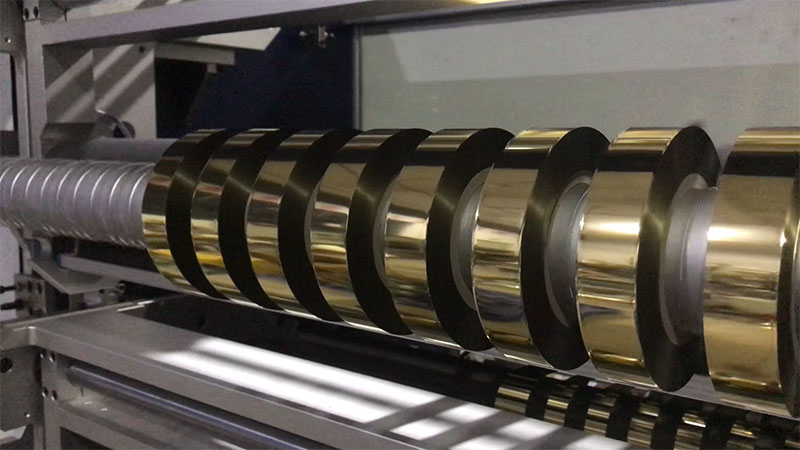 High-precision slitting machine helps label printing - key technology analysis of edge uniformity29. April, 2025
High-precision slitting machine helps label printing - key technology analysis of edge uniformity29. April, 2025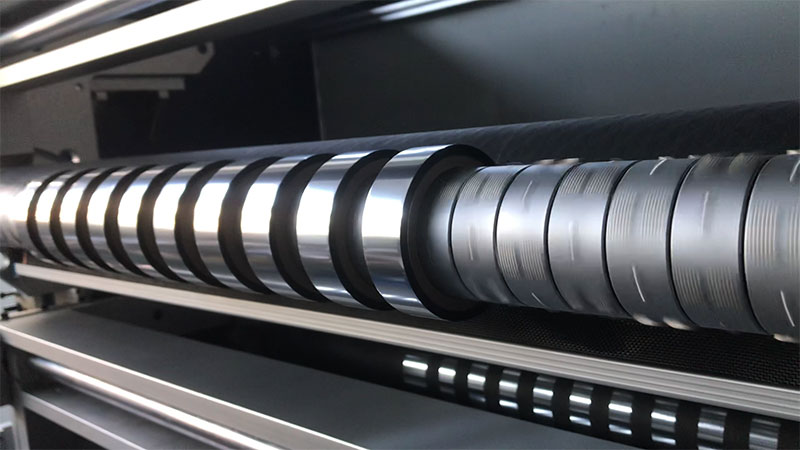 Carbon Fiber Composite Slitting Solution: How Does the Slitting Machine Solve the Problem of Brittle Materials?29. April, 2025
Carbon Fiber Composite Slitting Solution: How Does the Slitting Machine Solve the Problem of Brittle Materials?29. April, 2025 The core role and challenges of slitting machine in the production of lithium battery separator29. April, 2025
The core role and challenges of slitting machine in the production of lithium battery separator29. April, 2025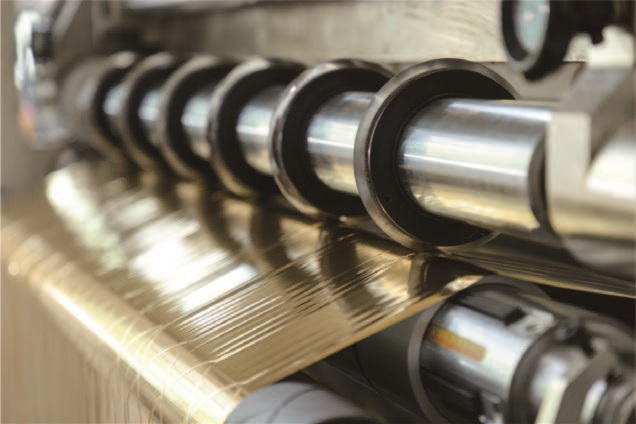 The Revolution of Slitter in the Flexible Packaging Industry: How to Achieve Zero Waste Slitting?28. April, 2025
The Revolution of Slitter in the Flexible Packaging Industry: How to Achieve Zero Waste Slitting?28. April, 2025
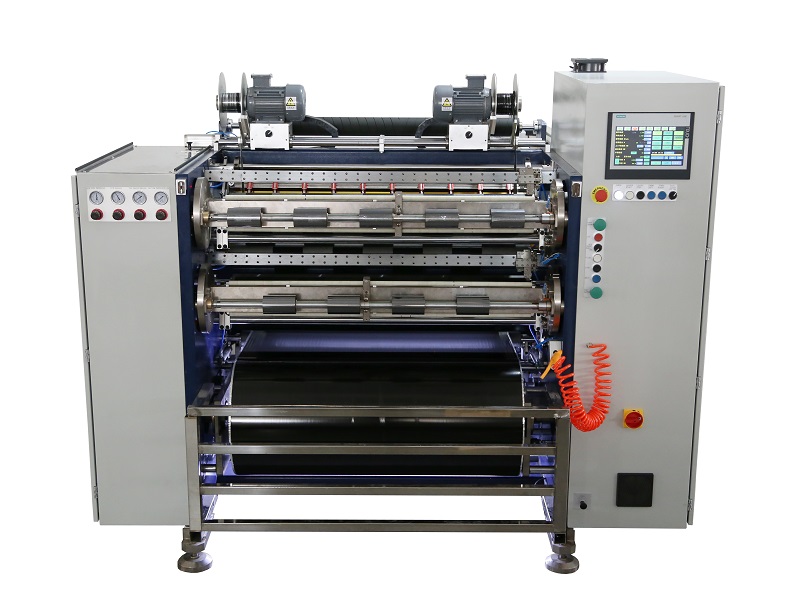 Fully Automatic TTR Slitter RSDS8 Plus
Fully Automatic TTR Slitter RSDS8 Plus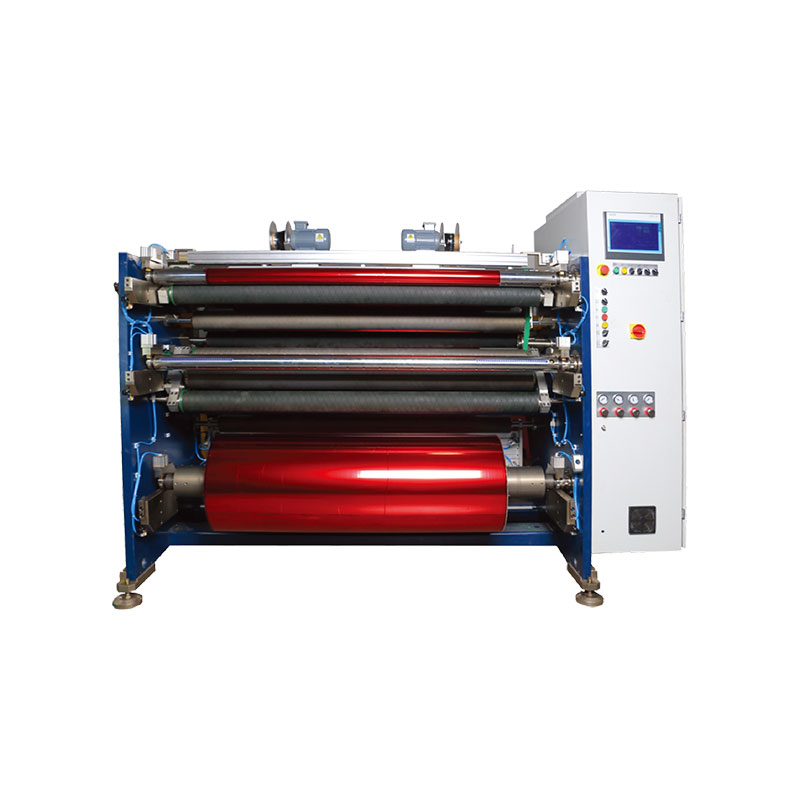 Hot Stamping Foil Slitter 1600mm
Hot Stamping Foil Slitter 1600mm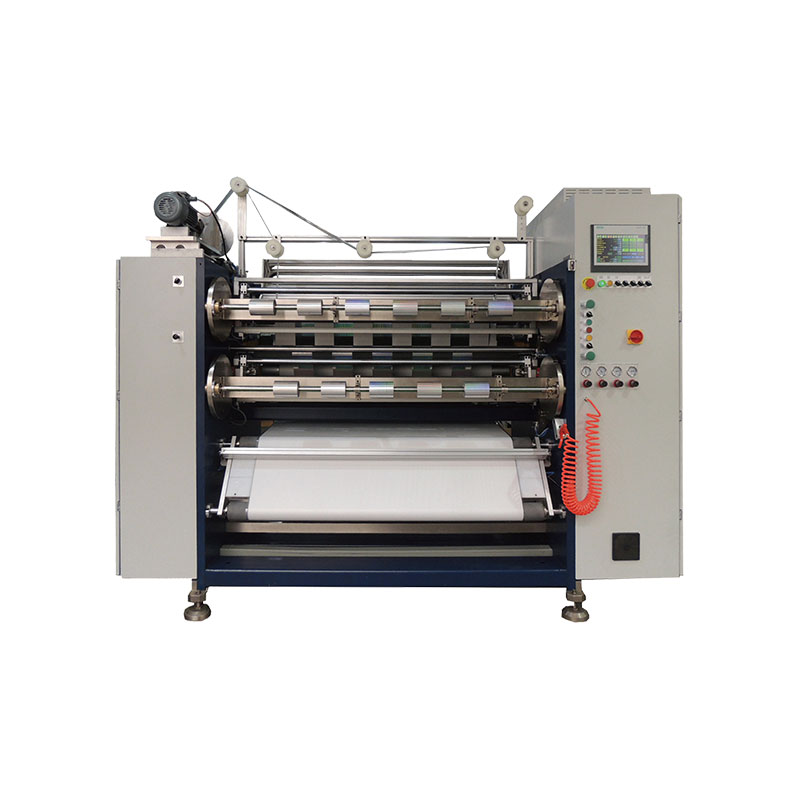 Hot Stamping Foil Slitter (4 Shafts)
Hot Stamping Foil Slitter (4 Shafts)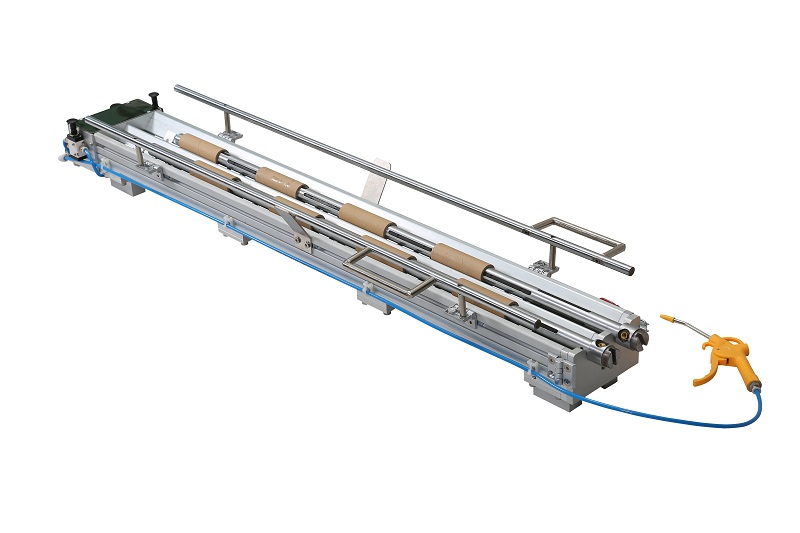 Paper Core Loading Machine
Paper Core Loading Machine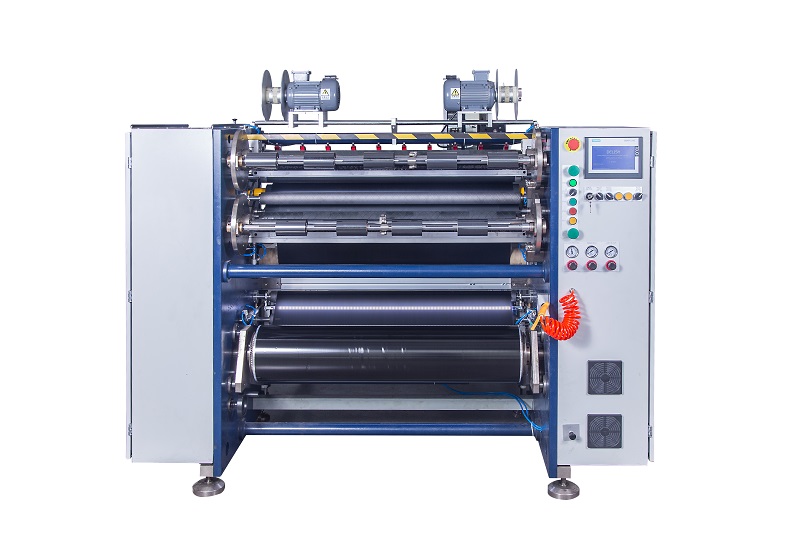 Semi-Auto TTR Slitter RSDS2 Plus
Semi-Auto TTR Slitter RSDS2 Plus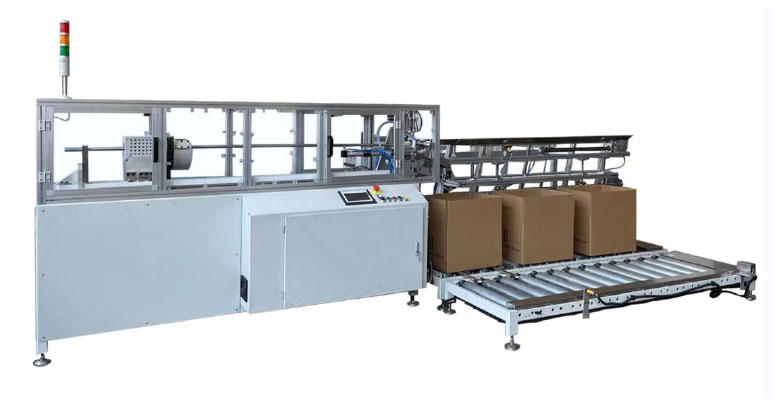 Auto Paper Core Cutter
Auto Paper Core Cutter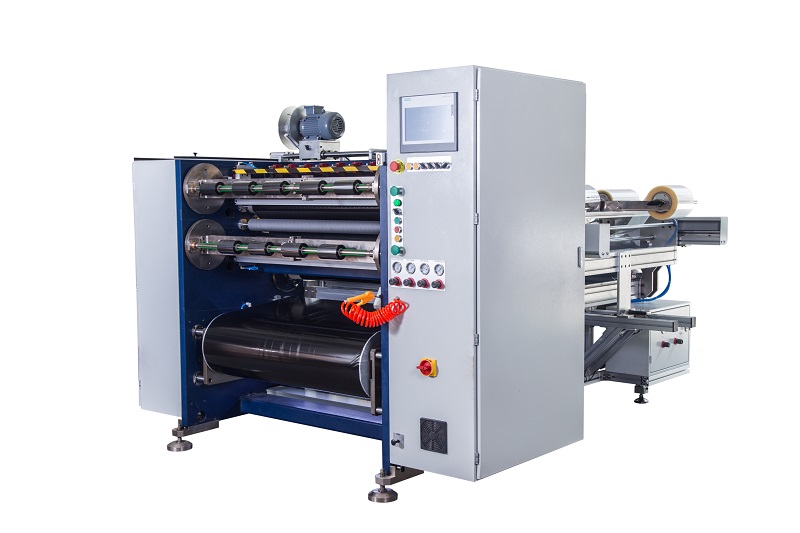 Semi Automatic TTR Slitter RSDS5 Plus
Semi Automatic TTR Slitter RSDS5 Plus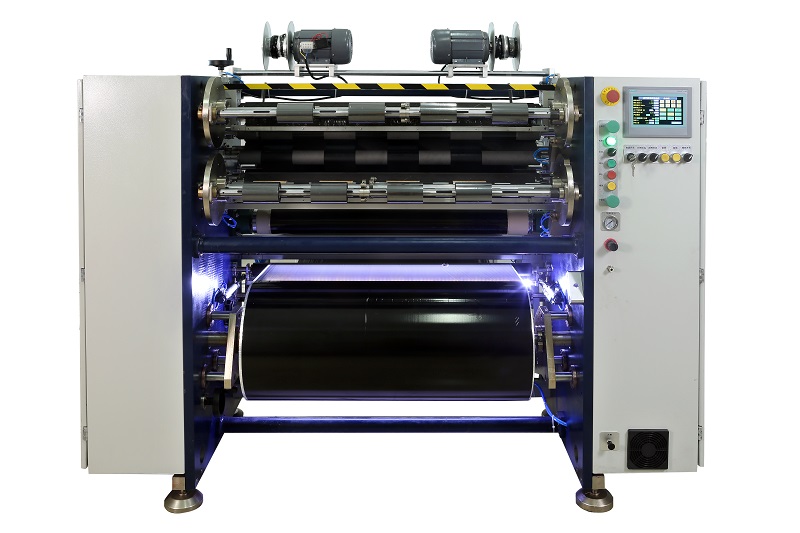 Manual TTR Slitter RSDS2
Manual TTR Slitter RSDS2





